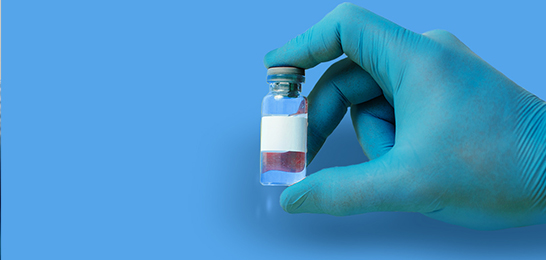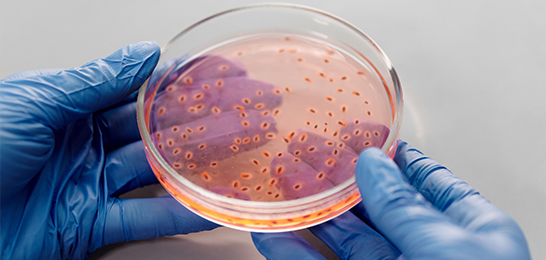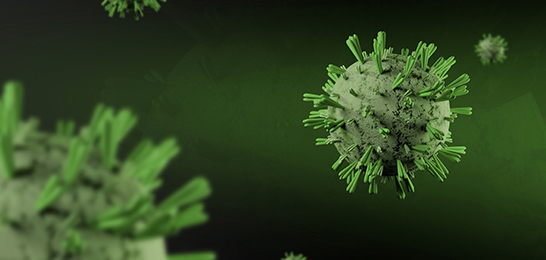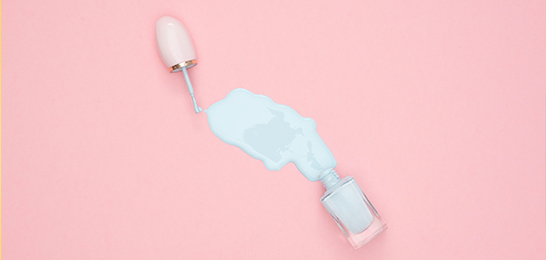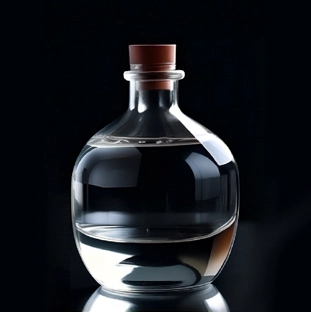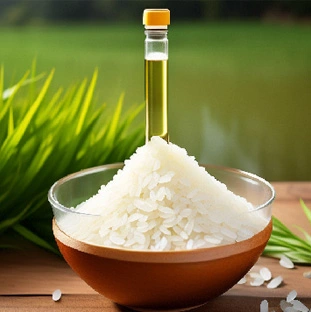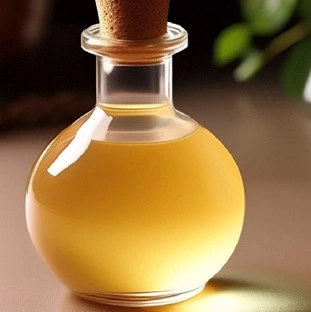Published Date: Oct 25 2022
The auxiliary raw materials of raw cosmetic materials refer to the raw materials that stabilize and modify the content itself (aroma, smoothness, color, etc.), such as preservatives, antioxidants, chelating agents, colorants, and flavors.
1. Raw cosmetic materials: preservatives
Preservatives refer to substances in cosmetics for the purpose of inhibiting the growth of microorganisms in the cosmetics. In cosmetics, preservatives are used to protect the product from microbial contamination and to extend the shelf life of the product. Ideal preservative requirements: colorless and odorless; easily soluble in water at effective concentrations; broad-spectrum antibacterial activity; good compatibility with cosmetic raw materials; active in all pH ranges; safe for humans and the environment. When using the corresponding preservatives, be sure to comply with the relevant requirements of the regulations.
2. Raw cosmetic materials: antioxidants
Antioxidants are substances that prevent or delay oxidation. Since the base material in cosmetics is oil, its unsaturated bonds are easily oxidized and rancid, it is necessary to add antioxidants. Antioxidants have two functions, one is to prevent the substances that are prone to rancidity from absorbing oxygen, and the other is to prevent the oxidation of oils by being oxidized by themselves. The ideal antioxidant should be safe, non-toxic, stable, and compatible with other raw materials. Antioxidants in cosmetic raw materials can be roughly divided into five categories according to their chemical structures: phenols, amines, organic acids, alcohols, inorganic acids and their salts. Commonly used antioxidants are tocopherol (vitamin E), butylated hydroxyanisole (BHA) and butylated hydroxytoluene (BHT).
3. Raw cosmetic materials: colorants
Colorants are raw materials that can impart color to cosmetics and color the skin and mucous membranes, also called pigments. Colorants can be classified into dyes, pigments and color lakes according to their solubility. Dyes are compounds that are soluble in water or organic solvents to color the solution, and can be divided into water-soluble dyes and oil-soluble dyes according to the different solubility. According to the different sources, dyes can be divided into natural dyes and synthetic dyes. Pigments are compounds that are insoluble in solvents and that color the product by dispersing in the base material. Common ones are titanium dioxide, zinc oxide, iron oxide, pearlescent pigments, etc. Pearlescent pigments are important pigments used in beauty cosmetics such as eye shadow, rouge, lipstick, and nail polish. Color lakes are insoluble salts of pigments. The ideal colorant requires safety, no irritation, no peculiar smell, good light and thermal stability, ability to work at low doses, and good compatibility with other cosmetic raw materials. Colorants may be irritating to the skin or mucous membranes, and their use is subject to corresponding restrictions. Regulatory requirements should be followed in the selection and use of colorants.
4. Raw cosmetic materials: essence
The essense is a substance used to cover up the odor of cosmetic raw materials and give products a pleasant aroma, which is a mixture of several or even dozens or nearly 100 kinds of spices (natural and artificial) with certain fragrance types and rhythms. The essense contains aroma components with different volatility, which constitute the difference in aroma type and fragrance. Some spices and essence have certain irritation to the skin and mucous membranes, easy to cause skin allergies. Therefore, some fragrances, such as dicoumarin, are listed as banned substances in cosmetics. The ideal cosmetic fragrance should be non-irritating and non-sensitizing.
5. Raw cosmetic materials: chelating agent
Chelating agents are capable of forming complexes with metal ions to eliminate adverse effects of metal ions on product stability or appearance. Calcium and magnesium ions are incompatible with many raw materials, which can reduce the transparency of transparent cosmetics, or even become turbid, and can also cause precipitation of products such as shampoo. The iron, copper and other ions can accelerate the oxidation of cosmetics, which makes the product change color and taste.
You may also be interested in wholesale cosmetic raw materials:
Palmitoyl tripeptide-1
Yeast-based probiotics
Pentapeptide 4

